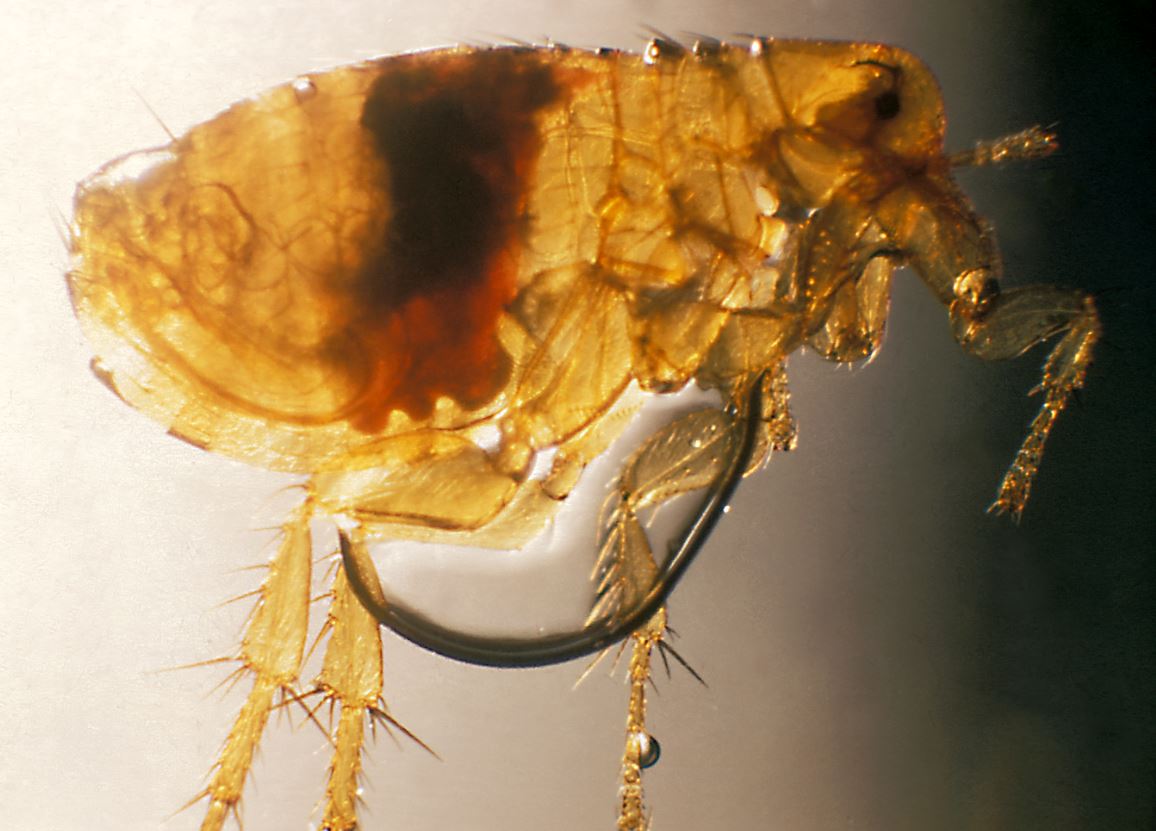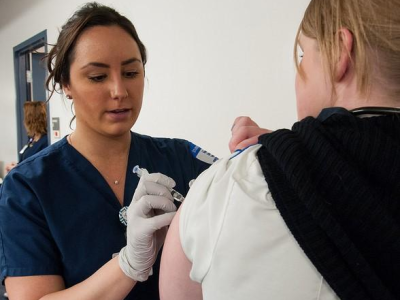Chronic wasting disease (CWD) has been identified in Armstrong County, posing a risk of spread to suburban and urban areas with high deer densities, given the location northeast of Pittsburgh.

The disease was found following tests on a severely emaciated doe that was euthanized and tested in early June, Andrea Korman, MS, who supervises the CWD division at the Pennsylvania Game Commission, told the PittsburghPost-Gazette. The deer was found near the city of Freeport, near the Allegheny County line.
Pennsylvania first detected CWD in 2012 in Adams County, and the disease has since spread to all south-central counties, along with sections of other counties.
Concerns about deer density, spread to suburban and urban area
In an emailed statement, the game commission said the Freeport detection is the furthest west CWD has been detected in the county and raised concerns about the high density of deer in the area of the most recent case detection.
“This is the first time CWD has been detected in such a populated area,” the group said, adding that the location raises the possibility that officials will need the slow the spread of the disease in urban and suburban environments.
Officials also warned that the new detection isn’t far from Butler County and is across the Allegheny River from Westmoreland County. CWD was most recently detected in Dauphin County. Officials said a few earlier detections have been reported from Armstrong County, most recently about 10 miles from Freeport.












